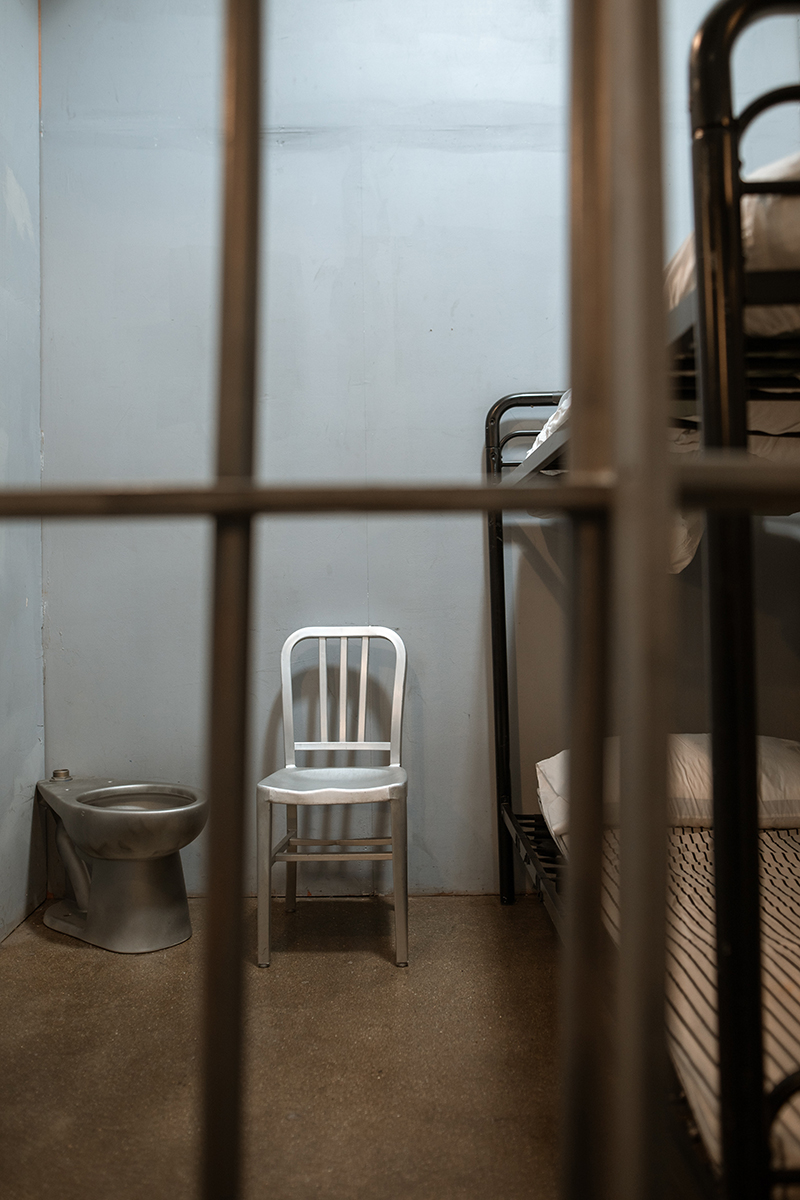On January 4th 2023, Gavin Boston was shot and killed while working as a security guard at the Japan Center Mall in San Francisco’s Japan Town neighborhood. Shortly after, San Francisco police department arrested two juveniles aged 14 and 15 as the suspects. The 15 year-old was identified as the alleged shooter and the 14 year-old as an alleged accessory to murder.
In June 2023, California will close the last facilities operated by the Department of Juvenile Justice (or DJJ, formerly known as the California Youth Authority, or CYA) and shift responsibility for rehabilitating juveniles to local governments.
Similar to “realignment” in the adult correctional system, the closing is intended by the Newsom Administration “to provid(e) more treatment and rehabilitative services for youth closer to home”. It would do this with one major difference – adult realignment is meant for inmates convicted of relatively minor offenses. The DJJ closure will transfer all wards to local government regardless of the seriousness of their offense.
Counties have known about the impending closure of the DJJ for several years but COVID-19 and perhaps a sense that the Governor and Legislature might change their misguided plans has meant that many counties are unprepared for the reality that is coming. Rural and small counties in particular face the biggest challenges.
Rehabilitating juvenile offenders presents some of the most challenging work facing the criminal justice system and requires highly qualified psychiatric professionals along with very well- trained custodial staff and counselors. These professionals don’t come cheap – at least the good ones don’t.
Housing is another challenge. The task of classifying juvenile inmates by age, gender identity, criminal history, sophistication, and needs takes on new complexity in the sometimes very small county facilities. For example: a 22 year-old sex offender cannot be housed or have contact with a 14 year-old burglar. Criminally sophisticated inmates cannot be held with less sophisticated ones. Rival gang members must be separated. Status offenders must be separated from criminal offenders.
Adults cannot be housed with juveniles – and inmates as young as 14 and as old as 25 will now need to be housed locally. There is no mechanism in the law to allow the transfer of juvenile offenders into adult facilities unless they are convicted of a new offense while they are adults in juvenile custody.
All of this becomes more complex because in 2019 the State Legislature passed AB 1391, which made it impossible to try 14 and 15 year-olds as adults and 16 and 17 year-olds can only be tried as adults if a judge allows it.
In 2021 that happened just 28 times. In those cases juveniles are held in the DJJ until they are 18, then transferred to an adult facility.
Take the case of Donny Schmidt. In December 1988, then 17 year-old Schmidt was at a home in the Lompico area of Santa Cruz County where he sexually abused and drowned 3 year-old Marihia Silvola in the bathtub where she’d been bathing. The law in 1988 was much the same as AB 1391 is today. He was subsequently tried as a juvenile and sentenced to the California Youth Authority until his 25th birthday.
In 1997 the Santa Cruz County DA’s Office began opposing Schmidt’s release through a rarely used legal process by which offenders with violent histories could be held an additional two years if a jury agreed they were a continuing threat to public safety. The DA was successful in making Schmidt the oldest adult ever held in juvenile custody. So desperate was the CYA to be rid of Schmidt that in 1999, they employed an unlicensed psychologist to testify that Schmidt was rehabilitated. They failed. By 2009 he was 37 years-old and still in the custody of the Youth Authority. On the last try, a Santa Cruz jury hung 8 to 4 for continued imprisonment. Fearing they could no longer get a holding in their favor the Santa Cruz DA’s office left Schmidt to the CYA parole officials to decide his fate. He has since been released and his whereabout are unknown.
Deterrence works – or at least it used to
On the face of it, trying juveniles as adults appears inhumane. Yet, AB 1391 and juvenile realignment are not humane either. Despite characterizations that prosecutors were abusing their authority under Prop 21 to charge juveniles as adults – in 2002 just two years after passage – prosecutors charged just 386 juveniles as adults and by 2019 that number had declined to 74 – a decrease of 81 percent. Similarly, juvenile homicides prior to AB 1391 were low and were also decreasing. In 2019 the year of its passage, there were 63 homicides committed by juveniles. By 2021 the number of homicides had jumped to 101 an increase of 60 percent.
We also know that of the 101, less than 28 percent were tried as adults. The other 73 percent are coming to a county facility near you. Deterrence works – or at least it used to. But giving juveniles a form of advanced legal immunity actually makes them less safe and more susceptible to exploitation by adults.
Nowhere to go
How well-prepared California’s counties are for this new reality is difficult to know. 58 counties of significantly varying size, budgets, housing capacity, and access to qualified staff have not been the recipients of funding in the way that county sheriffs were given hundreds of millions to expand facilities to allow for the influx of adult realignment inmates under AB 109.
If the DJJ is in need of reform, then the State should fix it. But what DJJ does well is centralize services most critical to the needs of youthful offenders. This is something the 58 diverse counties will be hard pressed to do.
Where will Gavin Boston’s killers go? And what will we do with the next Donny Schmidt?
Steve Smith is a senior fellow in urban studies at the Pacific Research Institute.

